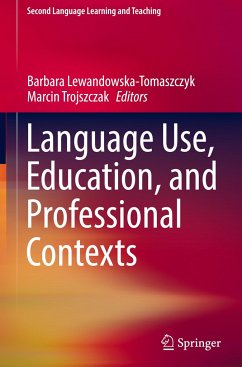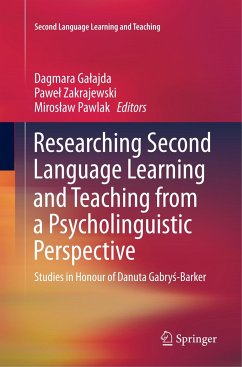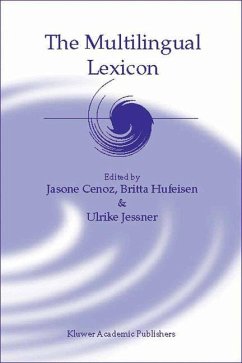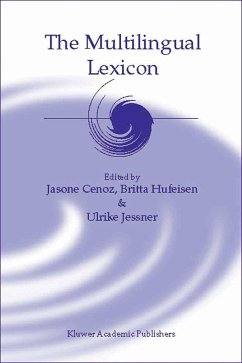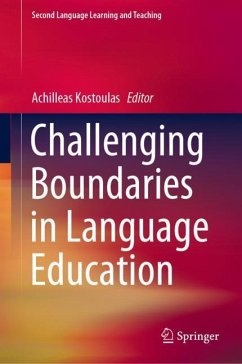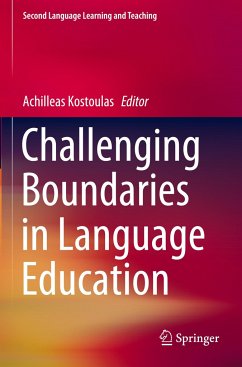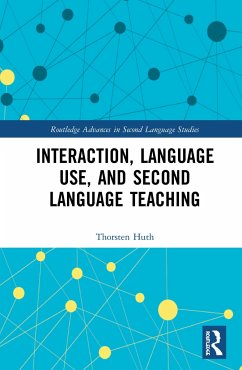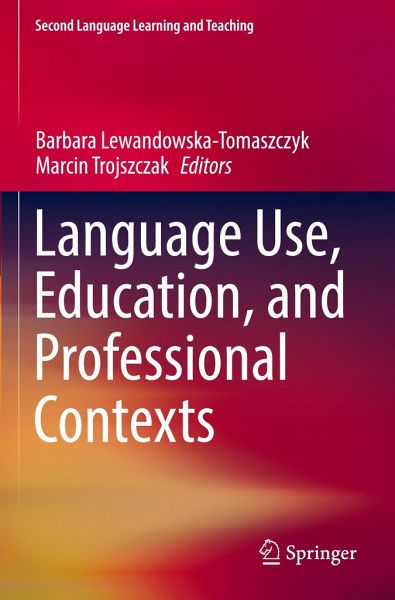
Language Use, Education, and Professional Contexts
Versandkostenfrei!
Versandfertig in 6-10 Tagen
98,99 €
inkl. MwSt.

PAYBACK Punkte
49 °P sammeln!
This present book addresses language and its diverse forms in an array of professional and practical contexts. Besides discussing the intricacies of specialized settings such as legal, medical, technical or corporate, the collection also focuses on the role of education in relation to professional contexts ranging from challenges in professional university teaching and translation didactics to business environment requirements.





